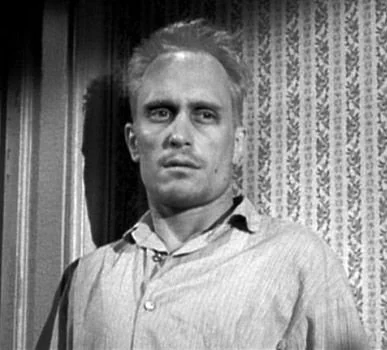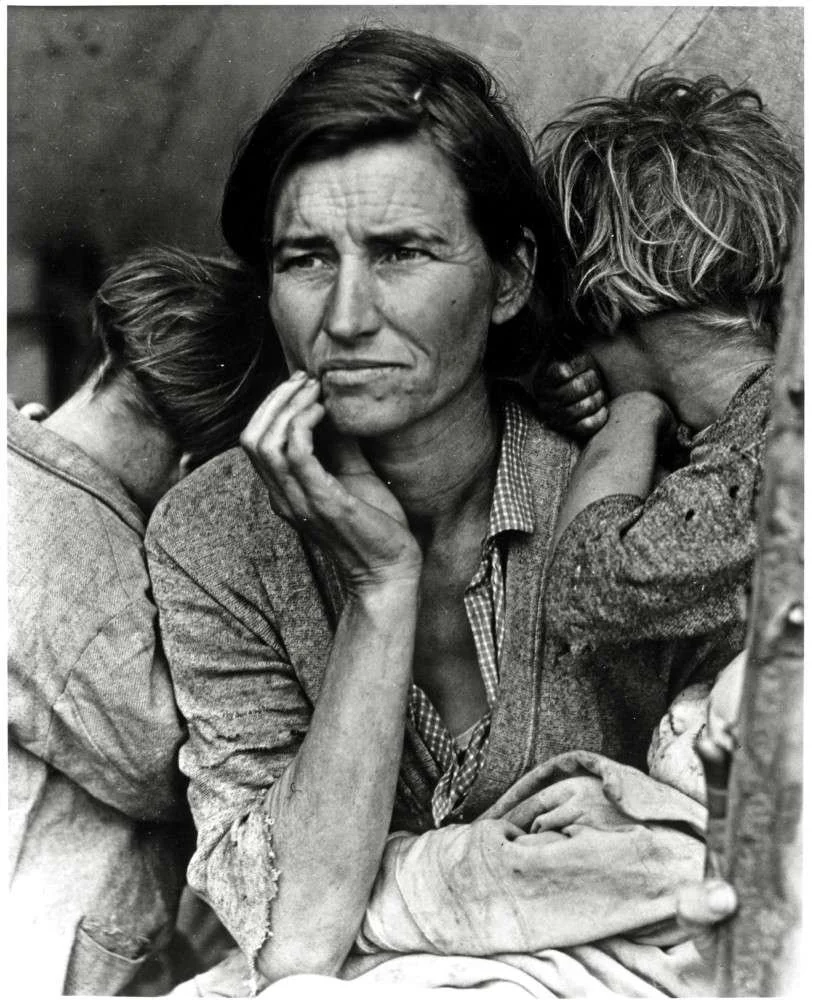The stories of people we write off
A Profile of Chuck Fredrickson’s Character in Gather the Stones
One of my favorite books is To Kill a Mockingbird. Boo Radley’s character – mysterious, riddled in childhood and town folklore – comes out at the end of the story as one of heroism. We never learn too much about Boo Radley, and that mystery highlights his character even more.
Robert Duvall Plays Boo Radley in the 1962 Film Adaptation. It’s hard to believe Duvall had no lines in this film.
I’d imagine most of us are at least aware of a Boo Radley type in our lives. In our old neighborhood, there was this house a short walk from us that was overgrown with buckthorn and brambles, with sheets or paper over all the windows. I never saw anyone enter or leave it in the five years I lived there, though lit rooms traded places from occasion to occasion, offering evidence that the house was not abandoned. The only thing I ever heard of the owners was the rumor that elderly parents of the occupant were the owners, and that the occupant had some sort of cognitive disability.
I suppose these two meshed into the inspiration for Chuck Fredrickson in my novel Gather the Stones, although I take a different approach and let the reader into the life of the character, rather than keep it shrouded in mystery. My purpose was to offer Jack Turner, the protagonist, a radically different perspective on one who many had cast off.
The story is set in a fictional small town in the Midwest, and Chuck had been accused but never convicted of a crime 20 years before the story takes place. In the town’s eyes, he was guilty, and his reclusiveness only fed the rumors until they became embedded as truth. But Jack discovers through his initial interaction with Chuck that he used to play violin with the Chicago Symphony Orchestra, and eventually learns that he once had a wife, kids, and friends.
Chuck to me is the homeless person sleeping in the skyscraper entryway, or the biker gang ruffian, or the prison inmate, or the teen mom dropout. I’ve begun (but still have a long way to go!) to train myself to think that each one of them has a story, and if each of the events in their life were laid out before me sequentially, their journey to their present destination would make complete sense.
Migrant Mother (1936) by Dorothea Lange is considered one of the most iconic photos of the 20th Century. To me, it captures an oceanic depth of character molded by all the unknown experiences this woman went through.
In their book Intrinsic Inclusion: Rebooting Your Biased Brain, Janet B Reid and Vincent R Brown discuss the idea that we have implicit bias, and that we make a judgment on someone in the first seven seconds we meet them. It’s therefore easy to cast judgment. It’s also easy to pick up a stone and cast it at someone who we’ve judged to be a threat or menace. But if we take the time to unravel their story, we not only grow in sympathy, we may come to find that their presence in our life could be our next catalyst to greater wholeness.
Chuck’s character ends up far from heroic. At the end of the story, Jack discovers actions of Chuck that are disturbing, and it causes him to wonder whether every good thing Chuck was in his past, and has been to him, is all for nought. It’s a question to which I don’t offer a clear answer, because I don’t have it.

